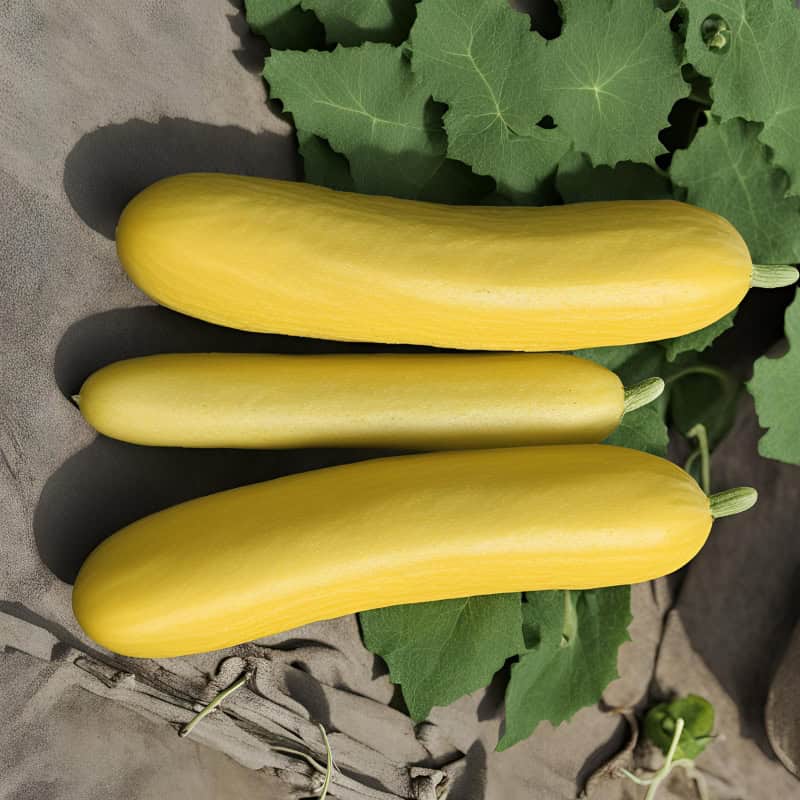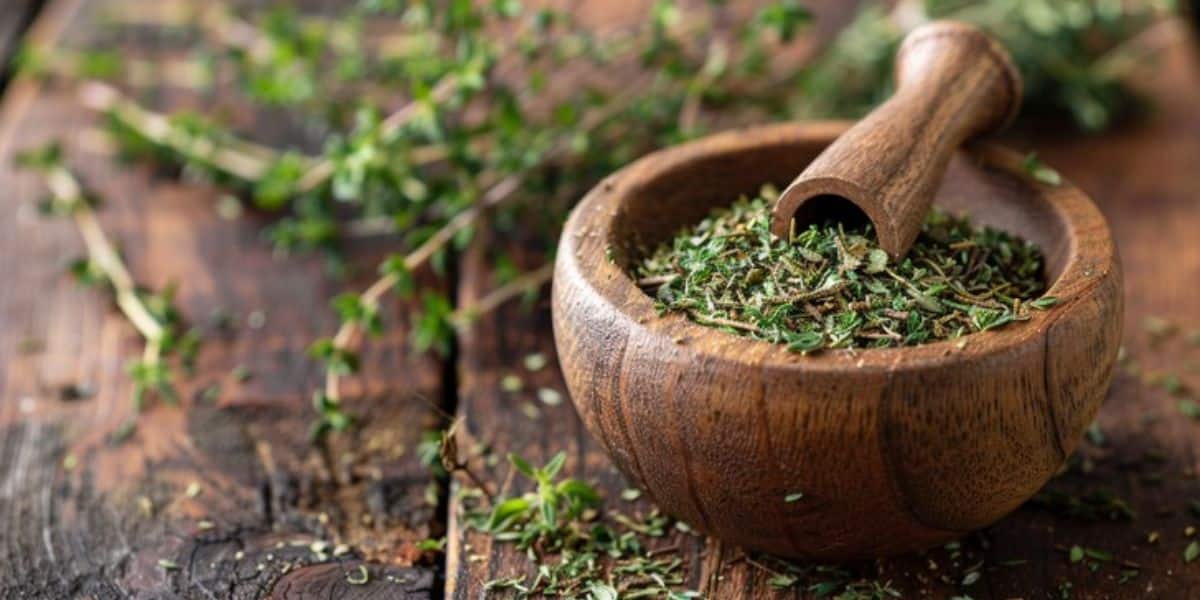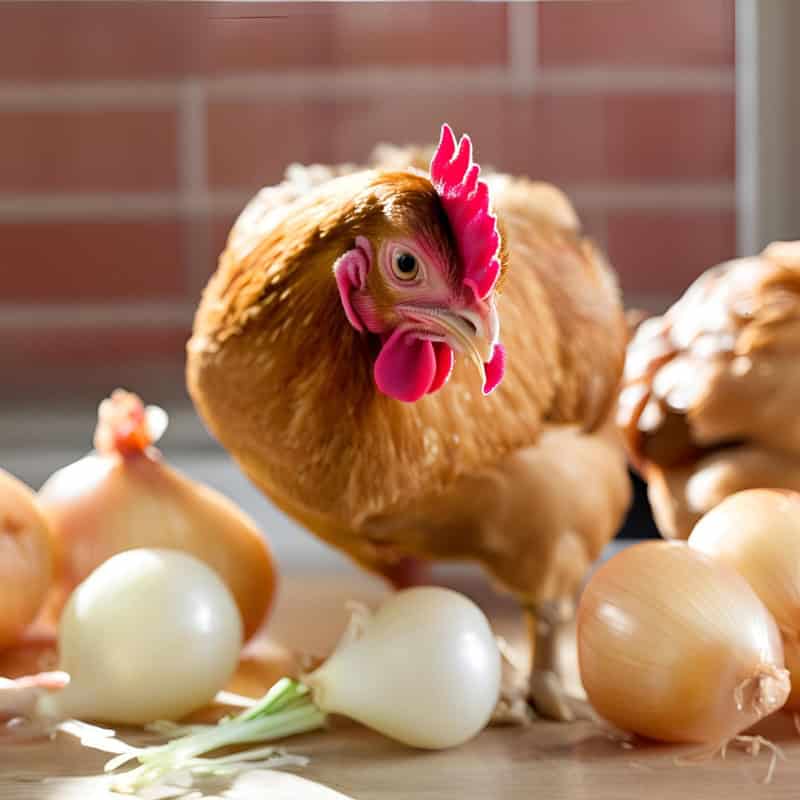The yellow cucumber, a lesser-known counterpart of the common green cucumber (cucumis sativus), sprouts up every now and then. But what is it? Is it the same as a normal, greenish cucumber? Or is it the inferior version of it?
Yellow cucumber sprouts in open ground. It is less watery and has a stronger taste than market cucumbers. It has been gaining popularity for its unique color and health benefits that we, honestly, find impressive.
In this article, we’ll dive right in to the world of yellow cucumber plants, exploring their nutritional value, health benefits, and culinary uses.
What Are Yellow Cucumbers?

The yellow counterpart is a type of cucumber that can either be a specific variety bred for its color or a regular cucumber that has ripened beyond the typical green stage. The bright yellow color that you see can either be a natural part of their growth process or a result of environmental factors. Unlike the green varieties, which are harvested while still immature, the yellow variants are often fully ripe and have a different taste as well as a slightly different texture that we think you’ll enjoy.
Cucumbers turn yellow and turn slightly sweeter with a milder flavor compared to their green counterparts. This doesn’t impact their nutrition. They have a smooth skin and a crisp, juicy interior, making them a refreshing addition to any dish that you decide to make.
Some popular varieties and yellow cucumber names include the Lemon Cucumber, which is small, round, and resembles a lemon in color, and the Armenian Cucumber, which can be harvested when yellow for a unique twist
Reason for Yellow Varieties
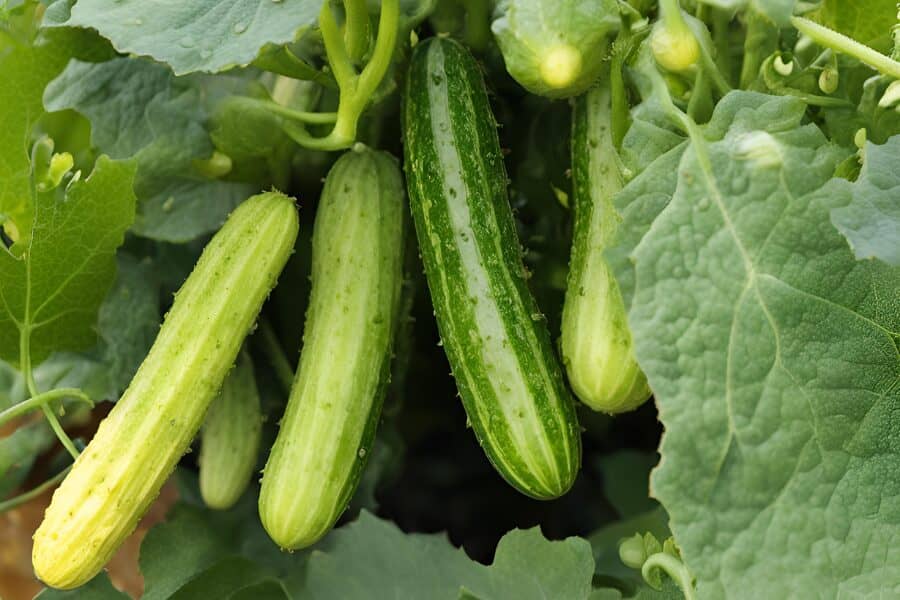
Ever looked at your stash of cucumbers and thought, “Why are my cucumbers turning yellow?” Well, if you’re looking for a reason for yellow cucumbers, we actually have a few. These are factors that can contribute to having a cucumber yellow:
Natural Growth Process: Some varieties, like chalisa yellow cucumbers and Chinese yellow cucumbers, are naturally yellow when fully mature, and have been selectively bred to develop their distinct color, which can serve as an indicator of ripeness.
Overripe Cucumbers: The green varieties can turn yellow if left on the vine too long, indicating they are overripe. Overripe cucumbers may have a tougher skin and a more developed seed cavity, but they are still edible and nutritious.
Specific Yellow Varieties: Certain types, such as the Lemon Cucumber, are bred to be yellow. These varieties, like the striped cucumbers, are typically smaller and have a unique flavor profile that sets them apart from green varieties. Chalisa yellow cucumbers and Chinese yellow cucumbers are also specific types of yellow varieties.
Environmental Factors: Conditions like excessive sunlight, nutrient deficiencies, or disease can have a cucumber yellow. So, it’s important to ensure proper growing conditions and regular care to help maintain the desired color.
Nutritional Value of Yellow Varieties of Cucumber
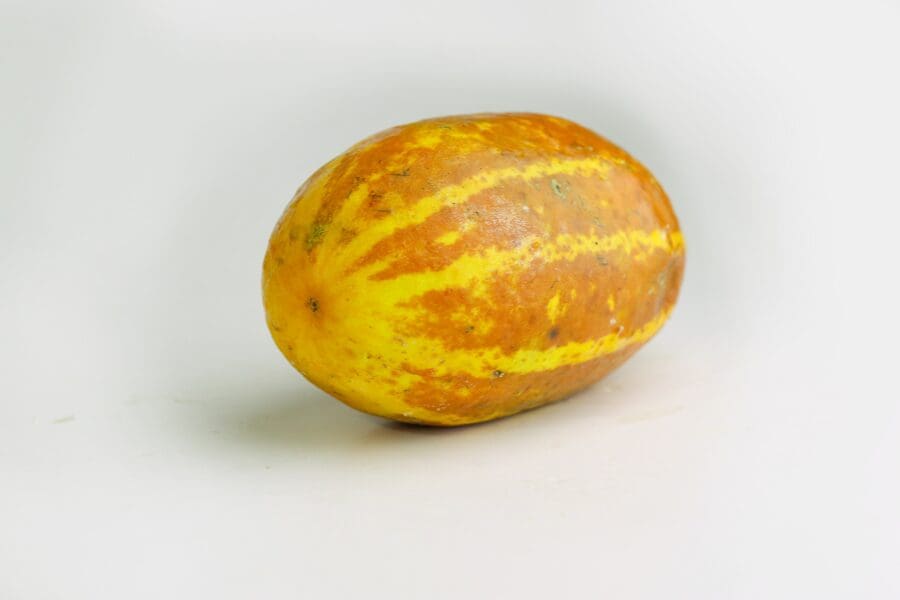
Once you read this section about yellow cucumber benefits, you’ll never have to worry and think, “Why are my cucumbers turning yellow?” The yellow varieties are not just visually appealing; they are also packed with nutrients that offer numerous health benefits:
High Electrolyte Content: The yellow varieties are rich in electrolytes, making them excellent for hydration. They contain important minerals such as potassium, magnesium, and calcium, which help maintain fluid balance and prevent dehydration.
Benefits for Hydration: Their high water content helps keep the body hydrated, especially during hot weather. Eating them can help replenish lost fluids and keep you cool and refreshed.
Support for Cardiovascular Health: The potassium in the yellow varieties supports heart health by regulating blood pressure. Consuming them can reduce the risk of hypertension and other cardiovascular conditions.
Bone Health Benefits: They contain silica, which is beneficial for bone strength and density. Silica helps the body absorb calcium more effectively, promoting healthy bones and preventing osteoporosis.
Skin Health Advantages: The antioxidants in yellow varieties can improve skin health by reducing inflammation and promoting a clear complexion. Vitamins A and C, along with other antioxidants, protect the skin from damage caused by free radicals.
Potential Aid for Diabetes and Cancer Prevention: The low glycemic index and presence of antioxidants may help manage blood sugar levels and reduce the risk of certain cancers. The fiber content also aids in controlling blood sugar spikes and improving digestive health.
Health Benefits of Yellow Varieties

The yellow varieties are an excellent source of vitamins C and K, which support immune function and blood clotting, respectively. Vitamin C boosts the immune system and helps the body fight off infections, while vitamin K is essential for proper blood clotting and bone health.
While both yellow and green cucumbers are nutritious, the yellow varieties provide unique benefits, particularly in terms of electrolyte content and antioxidant properties. Their different nutrient profiles can offer additional health advantages, so you can rest assured that they’ll be a valuable addition to your balanced diet.
Tips for Incorporating Yellow Varieties into Daily Meals
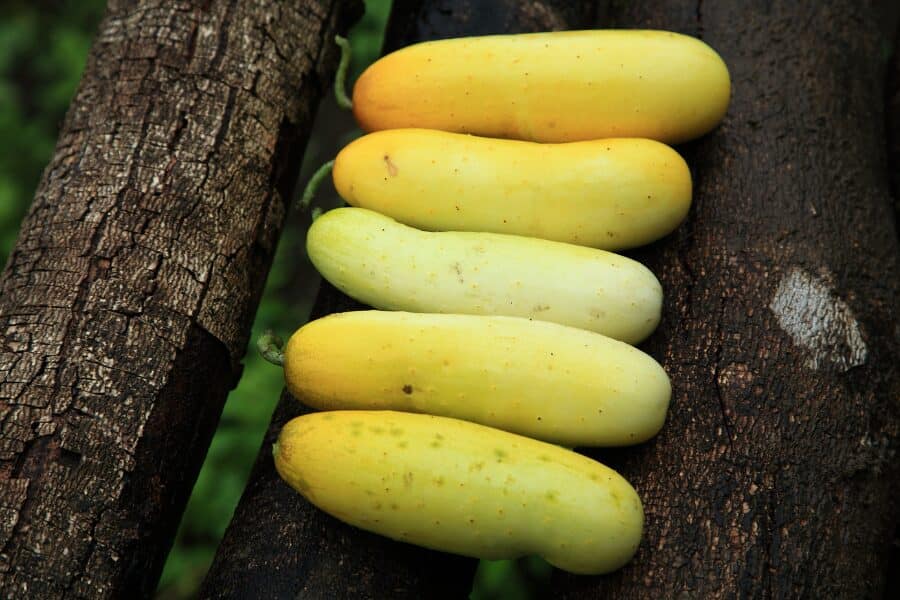
Yellow cucumber online can be used in a variety of delicious yellow cucumber recipes:
Salads: You can slice and add them to salads for a refreshing crunch and a pop of color. Pair them with other fresh vegetables, leafy greens, and a light vinaigrette for a delightful summer salad.
Pickles: You can make tangy pickles which can be a delightful addition to sandwiches and burgers. The natural sweetness of these striped cucumbers complements the tangy brine, creating a tasty and crunchy pickle.
Soups: You can use them in cold soups like gazpacho for a cooling summer treat. Blend them with tomatoes, peppers, and herbs for a refreshing and nutritious soup.
Sandwiches: Incorporate cucumber slices into sandwiches for added flavor and texture. They pair well with a variety of ingredients, including meats, cheeses, and spreads, adding a fresh and crisp element to any sandwich.
Buying and Growing Your Delicious Yellow Varieties

You’ll find the yellow varieties at local farmers’ markets, specialty grocery stores, or online. Look for them in the produce section, where they are often labeled as specialty or heirloom cucumbers.
Tips for Growing Yellow Cucumber Online at Home:
- Choose a sunny spot with well-drained soil for planting your cucumber seeds or seedlings. They thrive in warm weather and need plenty of sunlight to grow.
- Provide regular watering and support for the vines to grow. Cucumber plants need consistent moisture, but be careful not to overwater.
- Monitor for pests and diseases, and use organic methods to control them. Common pests include aphids, cucumber beetles, and spider mites. Organic solutions like neem oil or insecticidal soap can help manage these issues.
Best Practices for Harvesting and Storing:
- Harvest them when they’re firm and bright yellow. Pick them regularly to encourage continuous production.
- Store them in the refrigerator to maintain freshness and yellow cucumber nutrition value. They can last up to a week when stored properly.
Summing Up!
Yellow cucumbers are a nutritious and versatile addition to any diet. Their unique color and health benefits make them a worthwhile choice especially if you’re looking to diversify your vegetable intake. Including them in your meals can provide hydration, support heart and bone health, improve skin, and potentially aid in diabetes and cancer prevention.
Now that you know the yellow cucumber meaning, we’d love for you to try out some tasty recipes and discover their delightful taste and benefits. Don’t forget to share your experiences and favorite recipes with us on Instagram. Let’s celebrate this vibrant vegetable and its contributions to our health and culinary enjoyment!
If you’re convinced to grow your own yellow cucumbers at home, you might want to get yourself some eco-friendly weed killers or organic weed killers for safe growth of your plants. And in the meantime, be sure to stock up on your sustainable groceries so you never have to worry about running out!
